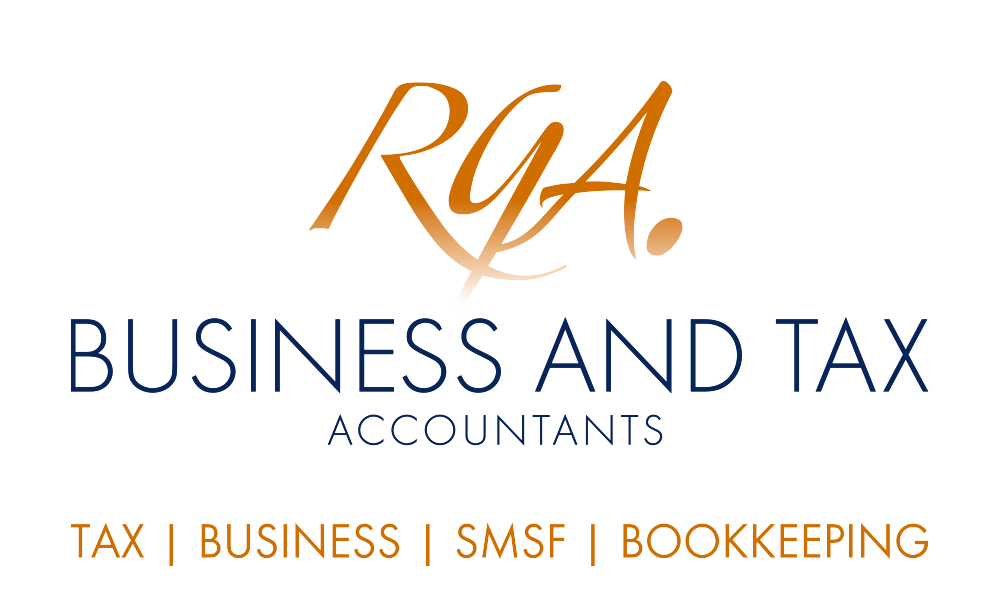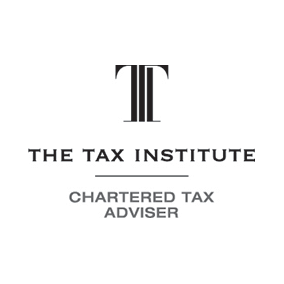
"Downsizer" contributions let you contribute some of the proceeds from the sale of your home into superannuation – but there are several important eligibility requirements. Learn which areas the ATO says are tripping up superannuation members and ensure you get it right.
Are you thinking about selling the family home in order to raise funds for retirement? Under the "downsizer" contribution scheme, individuals aged 65 years and over who sell their home may contribute sale proceeds of up to $300,000 per member as a "downsizer" superannuation contribution (which means up to $600,000 for a couple).
These contributions don't count towards your non-concessional contributions cap and can be made even if your total superannuation balance exceeds $1.6 million. You're also exempt from the "work test" that usually applies to voluntary contributions by members aged 65 and over.
The government reports that as at June 2019 over 4,000 people around Australia had taken advantage of the scheme in its first year, representing total superannuation contributions of over $1 billion.
The downsizer scheme is a good opportunity for many Australians to boost their retirement savings, but you must ensure you're eligible before making a contribution. If you don't qualify, your contribution could count as a non-concessional contribution and cause you to breach your contributions cap. Here are some areas where the ATO is seeing mistakes with the eligibility rules:
The 10-year ownership requirement
In order to qualify, you, your spouse or a former spouse must have owned the property for the 10 years prior to the sale.
The ATO explains that it's not necessary for the same person to hold the property during those 10 years, as long as it was held by some combination of the person, their spouse and/or former spouse throughout the 10 years.
However, there's an additional requirement: the property must be owned by you or a current spouse (not a former spouse) just before you sell. This means, for example, that where a couple divorces and the property is transferred to one spouse under the property settlement, when that spouse eventually sells the property they can potentially make a downsizer contribution, but their ex-spouse cannot.
Another thing to watch is the 10-year ownership period. The ATO says that the ownership period is generally calculated from the date of settlement of purchase to the date of settlement of sale. If you signed a contract to purchase "off the plan" and the settlement occurred much later, be aware that the ownership period for downsizer purposes only starts upon settlement.
The main residence exemption requirement
Another key requirement is that the capital gain from the sale must be wholly or partially exempt from capital gains tax (CGT) under the "main residence exemption". If your home is a "pre-CGT asset" (ie acquired before 20 September 1985 and therefore not subject to CGT), it must be the case that the capital gain would hypothetically qualify for the main residence exemption, in whole or in part, if it had been acquired on or after 20 September 1985.
You won't qualify for any main residence exemption where you've never used the property as your main residence – perhaps because it's a rental property permanently leased to tenants, or your holiday home.
But thankfully, even a partial main residence exemption will allow you to make downsizer contributions. Common situations giving rise to a partial exemption include using your home to generate income (in addition to living there); where the land adjacent to your home's dwelling exceeds two hectares; or where you've only lived on the property for part of the ownership period.
The main residence requirement is not related to the 10-year ownership requirement, so it's not necessary that the property was your main residence during that 10-year period. It's only necessary that you have (or would have) at least a partial main residence exemption.
Want to boost your super?
The key to a successful downsizer strategy is to plan ahead and ensure you'll meet the relevant requirements. Contact our office for expert advice on this and other retirement savings strategies.









